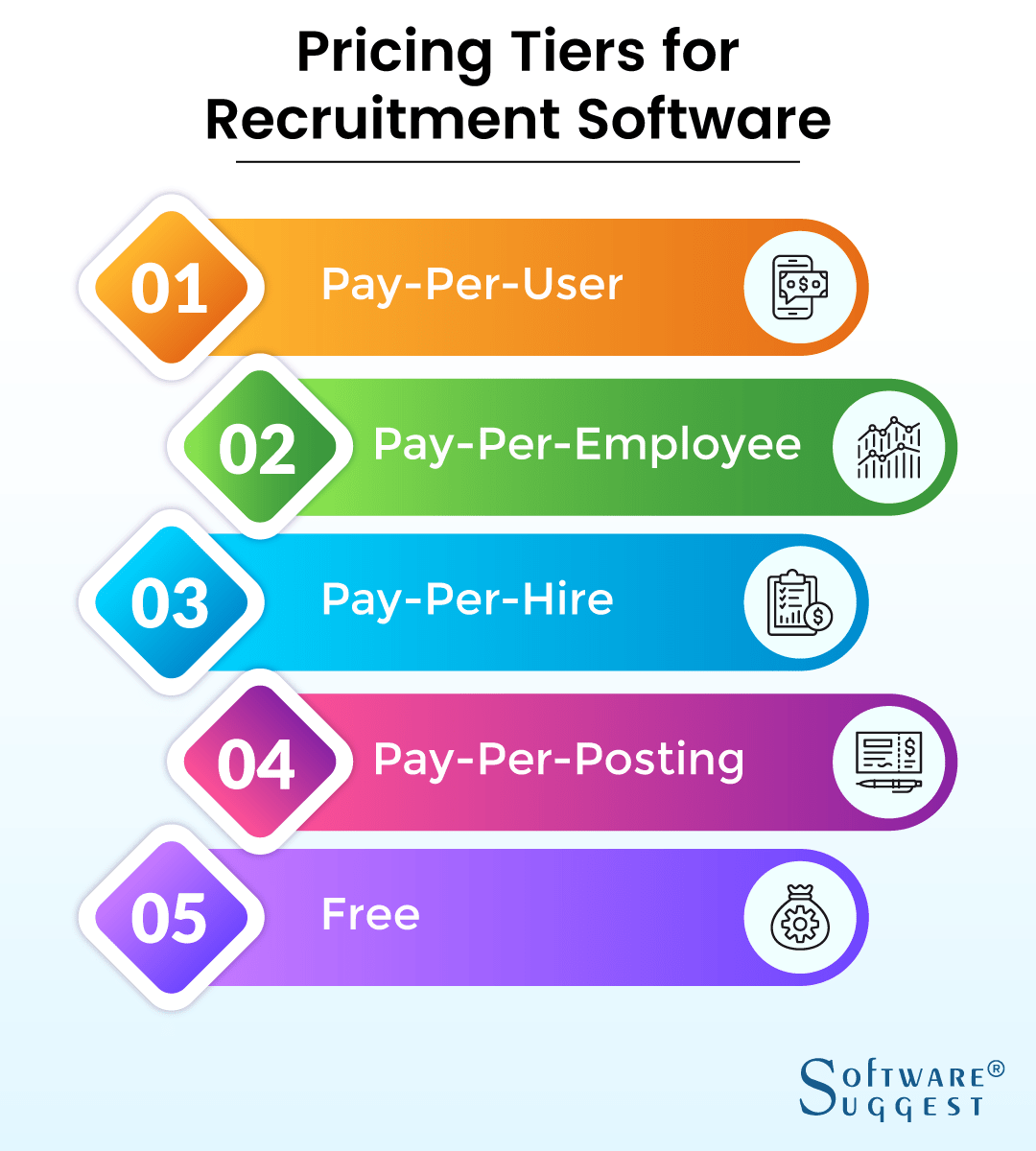Venturing Through the Hiring Landscape: The Reasons That Hiring Software is a Necessary Asset
In today's quick business landscape attracting and retaining top talent is increasingly important than ever. Companies are constantly looking for methods to improve their hiring processes and remain competitive in their respective industries. That's where recruitment software comes into play. By leveraging technology, organizations can transform their recruitment efforts, enhance efficiency, and make informed decisions that lead to improved hiring outcomes.
The importance of recruitment software is apparent as it addresses key challenges faced by human resources teams. Gone are the days of sifting through piles of resumes and depending only on manual processes. With the right software for recruitment , companies can streamline tasks, improve collaboration among team members, and ultimately create a smoother candidate experience. In an era where the job market is evolving rapidly, embracing recruitment technology is not just a trend; it is a necessity for companies aiming to attract the best talent out there.
Advantages of Recruitment Software
Recruitment software simplifies the selection process, making it much efficient for businesses. By simplifying lengthy tasks such as advertising job openings and evaluating applications, companies can dedicate more effort on engaging with candidates and making informed employment decisions. This efficiency cuts down on the hiring timeline, allowing teams to fill positions faster and sustain productivity.
Additionally, key perk of hiring software is data-driven decision making. These tools provide analytics and information that help recruiters comprehend shifts and make better choices based on measurable results such as applicant quality, the effectiveness of sourcing, and overall recruiting performance. By utilizing this data, organizations can regularly improve their hiring strategies and ensure they attract the best talent.
In addition, talent acquisition software improves collaboration among hiring teams. By streamlining communication and sharing candidate information in one location, it fosters a more unified approach to hiring. Team members can conveniently provide feedback, exchange notes, and coordinate on interview scheduling, which ultimately leads to a more systematic and effective hiring process. This team-oriented environment not only optimizes the process but also enhances the candidate experience.
Key Features to Look For
When selecting recruitment software, ease of use should be a top consideration. An user-friendly interface allows teams to operate the system with ease, reducing the learning curve for novice users. A straightforward design ensures that staff can rapidly adjust to the software, which in turn enhances overall productivity. This ease of use helps teams concentrate on what matters most: discovering and hiring the top candidates.
Automation features are a further crucial aspect of effective recruitment software. Streamlining repetitive tasks such as candidate screening, interview scheduling, and communication can save significant effort and funds. With powerful automation tools, recruitment teams can optimize their processes, reducing the chance of human error and ensuring that no candidate is missed. This productivity boost not only expedites the hiring process but also provides a better experience for both candidates and hiring managers.
In conclusion, robust analytics and reporting capabilities are essential for making informed hiring decisions. A good recruitment software allows organizations to track key metrics, such as application rates, time-to-hire, and candidate source effectiveness. These data enable companies to continuously improve their recruitment strategies and make strategic decisions. By leveraging analytics, businesses can identify opportunities, refine their approaches, and in the end enhance their hiring outcomes.
Adopting Hiring Solutions Efficiently
To efficiently utilize hiring software, organizations should start by thoroughly analyzing their unique staffing needs and objectives. This entails collaborating with staff and the human resources team to recognize pain points in the existing hiring workflow. By recognizing these pain points, companies can choose software that not only aligns with their objectives but also addresses the distinct aspects of their staffing strategy. A careful decision-making process ensures that the selected platform meets the requirements for growth and user-friendliness.
Education and assistance are critical components of a smooth implementation. After choosing the right software for talent acquisition, firms should invest time in instructing HR staff and recruiters on how to best leverage the functions and options of the platform. This can include conducting seminars, providing documentation, or even conducting personalized training. Guaranteeing that the team is proficient and skilled with the solution will lead to easier operations and a greater profit.

Finally, ongoing assessment and insight should be integrated into the hiring process after rollout. Firms should establish core KPIs to assess the effectiveness of the software and receive input from staff to identify any possible zones for development. Frequent assessing and refining recruitment strategies based on analytics allows firms to become flexible in an ever-changing hiring market and to enhance the advantages of their talent acquisition solutions.